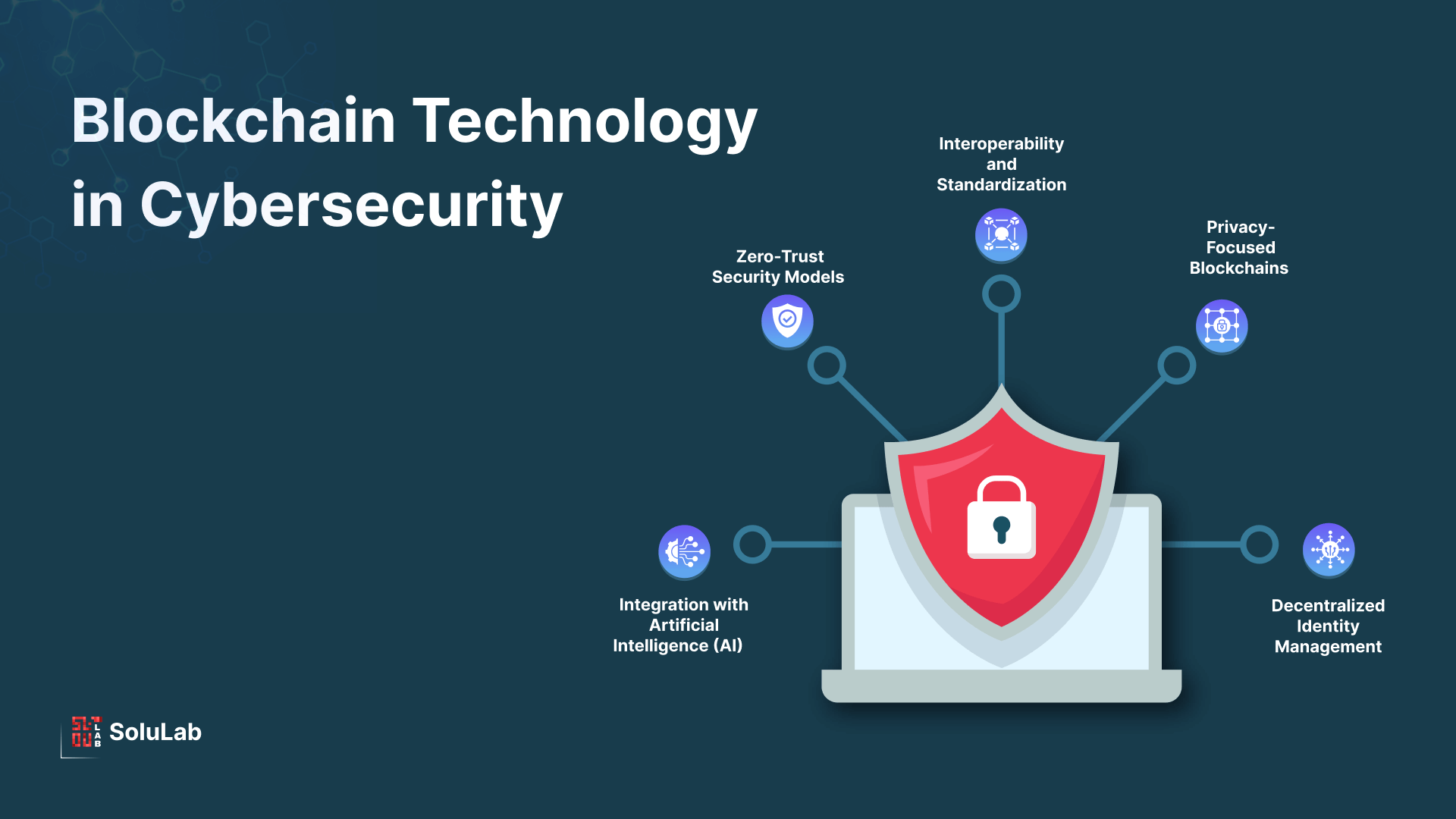Blockchain in Environmental Monitoring: Securing Data Integrity

Introduction
As environmental monitoring becomes increasingly critical in managing global ecological challenges, the need for accurate, transparent, and secure data is paramount. Blockchain technology, originally developed for cryptocurrency transactions, is now being leveraged in environmental monitoring to ensure data integrity, prevent tampering, and promote trust among stakeholders. This blog explores how blockchain is transforming environmental monitoring and why it’s a game-changer for the industry.
Table of Contents
1. The Need for Secure Environmental Data
2. How Blockchain Technology Works
3. Applications of Blockchain in Environmental Monitoring
4. Case Studies: Blockchain in Action
5. Challenges and Considerations
6. The Future of Blockchain in Environmental Monitoring
7. Conclusion
The Need for Secure Environmental Data
Environmental monitoring generates vast amounts of data, crucial for regulatory compliance, scientific research, and public transparency. However, data manipulation, unauthorized access, and discrepancies can undermine trust and effectiveness. Blockchain technology offers a solution by providing a decentralized, immutable ledger that records every transaction and data entry, ensuring that the data remains accurate and unaltered.
How Blockchain Technology Works
Blockchain is a distributed ledger technology where data is stored in blocks, each linked to the previous one, forming a chain. Once data is recorded on the blockchain, it cannot be modified without altering all subsequent blocks, making tampering virtually impossible. This ensures that environmental data, once logged, remains secure and trustworthy.
Applications of Blockchain in Environmental Monitoring
Blockchain technology can be applied in several ways:
- Real-Time Data Logging: Blockchain can be used to log real-time environmental data from sensors and monitoring devices, ensuring the data is instantly recorded and immutable.
- Transparent Reporting: By storing environmental data on a public blockchain, organizations can provide transparency to regulators, stakeholders, and the public.
- Smart Contracts for Compliance: Blockchain-enabled smart contracts can automatically enforce environmental regulations, triggering actions or penalties if certain conditions are met.
Case Studies: Blockchain in Action
Several projects have successfully implemented blockchain in environmental monitoring:
- Air Quality Monitoring: In a pilot project, blockchain was used to securely log and share air quality data from sensors across a city, ensuring transparency and public trust.
- Water Quality Management: A water utility company implemented blockchain to track water quality data from multiple sources, enabling faster and more reliable reporting.
- Carbon Emissions Tracking: Blockchain has been deployed to monitor and verify carbon emissions data, ensuring compliance with international climate agreements.
"Blockchain technology provides an unprecedented level of security and transparency in environmental monitoring, making it a vital tool for the future." — Environmental Data Analyst
Challenges and Considerations
While blockchain offers significant benefits, it also comes with challenges. These include the high energy consumption associated with blockchain networks, the need for widespread adoption to be effective, and the complexity of integrating blockchain with existing monitoring systems. Furthermore, ensuring data privacy while maintaining transparency can be a delicate balance.
The Future of Blockchain in Environmental Monitoring
The integration of blockchain technology in environmental monitoring is still in its early stages, but the potential is vast. As the technology evolves and becomes more energy-efficient, it is likely to become a standard tool in ensuring data integrity across various environmental domains. Future advancements could include the combination of blockchain with AI and IoT for even more robust and automated monitoring solutions.
Conclusion
Blockchain technology is poised to revolutionize environmental monitoring by securing data integrity, enhancing transparency, and building trust among stakeholders. As the industry continues to explore and adopt blockchain solutions, we can expect more reliable and tamper-proof environmental data, ultimately contributing to better environmental management and protection.


